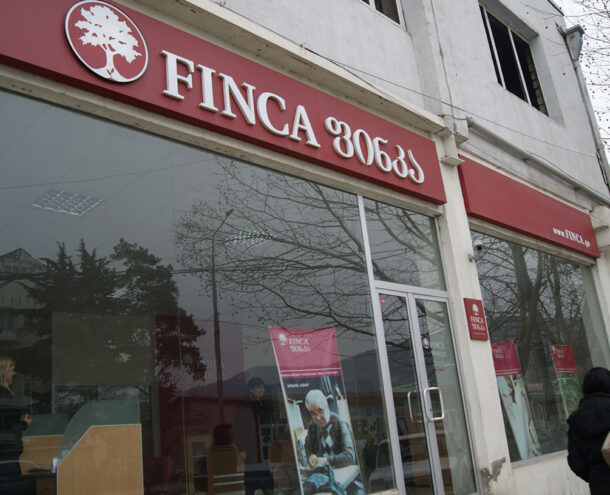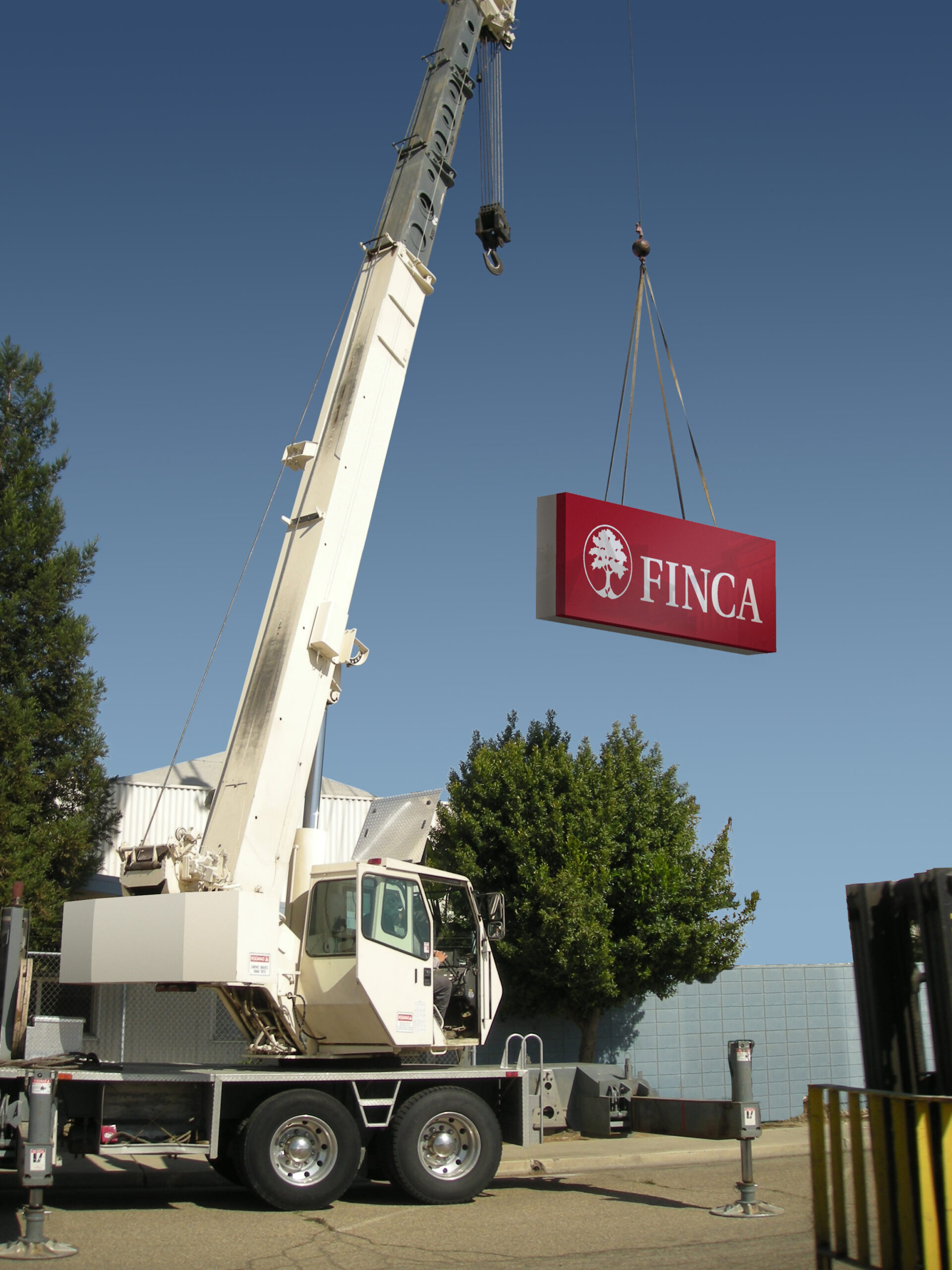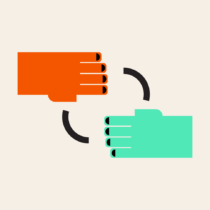Best-Laid Brands: Tackling an International Sign Conversion

 It’s business as usual when a global brand like General Electric (GE) takes on a sign conversion program at one of its many facilities in China. It’s the world’s most populous country, has the largest and fastest growing economy on the planet, contains limitless resources and the ability to manufacture them, and has widespread use of English as a second language. GE’s size and scope means it has the ability to implement almost anything.
It’s business as usual when a global brand like General Electric (GE) takes on a sign conversion program at one of its many facilities in China. It’s the world’s most populous country, has the largest and fastest growing economy on the planet, contains limitless resources and the ability to manufacture them, and has widespread use of English as a second language. GE’s size and scope means it has the ability to implement almost anything.
Then you arrive in Africa, a desert climate so arid that your skin starts to resemble mudcracks. A microfinance provider for emerging social enterprises, FINCA has facilities in the most unknown parts of the world. They’re in some of the smallest economies in the region and face numerous resource constraints.
Your sign conversion guidelines are in English, measured in U.S. standards and call for AkzoNobel paint that matches your brand colors perfectly. But your brand standards don’t include flexibility for limited local manufacturing capabilities, products and resources, and your best-laid plans were too U.S. centric.
Does your brand speak sign language?
A sign is one of your most visible and expensive assets, and it has to communicate a lot about your brand. It tells people who you are, how you’re different and if they’re in the right place — all at a quick glance. Designed and implemented properly, your signage will engage customers, drive sales and reinforce your brand promise everywhere it’s placed.
Taking on an international sign conversion is no place for novices. A brand or facility manager might not be thinking about how to get signs converted in an array of global regions, and it’s easy to take for granted how signs are made using available resources. What you don’t know can cost you — time, resources, money, not to mention your sanity.
To consistently present your brand identity in facilities around the globe, start by thinking about your intended audience. What’s their day-to-day experience like? By taking the time to get to know the local culture, you can represent your brand in a language everyone can understand while being as brand compliant as humanly possible.
Lost in translation
Great brand identities speak a universal language, one that crosses barriers of language and culture. A sign conversion program has to make sense for your brand and the audience in the region where it’s placed. But acting like a native takes a lot more than speaking the local language; it takes an understanding of cultural cues.
When standard guidelines don’t apply to cultural norms, it takes a more flexible approach to keep things running smoothly. For a brand like GE, every shade in the color spectrum and every available material can be used to develop and implement signage standards at facilities around the globe. But, for FINCA, this meant adjusting the color palette to address cultural preferences in the face of resource constraints.
In some African countries, people identify financial services locations by a golden yellow building, and not the brand-specified grey architectural standard from the brand guidelines. Removing this color element would make the location unrecognizable in this region.
To allow the best fit for the local wayfinding and function, the architectural brand standards for FINCA supported the use of the traditional golden yellow architectural color. The signage on the facility still maintains its standard red and white guidelines.
Think local, act global
Like a responsive website design that crafts optimal viewing and user experiences across a wide range of devices, sign programs need to scale based on local resources. When designing a program for implementation, design standards have to be flexible to allow for approved substitutions, like slight color and material substitutions, accessible/local products, and structural materials and metals.
Despite the many restrictions signs may have placed upon them due to municipal and landlord requirements, they still need to communicate effectively. Document clarity is key to translating a brand correctly. Streamlining guidelines to make them more user-friendly and using visuals can help overcome potential language barriers and ensure proper implementation.
A language everyone understands
Managing a global sign conversion program for a brand like FINCA requires the ability to be creative in spite of regional constraints. By funneling down big thinking for brands like GE, solutions can be implemented in diverse environments, work for your target audiences and stay true to your brand identity. No matter the market, it’s possible to ensure your signs and facilities get converted on time, within budget and in a way that best represents your brand.
Going through an international sign conversion? Convert your brand, one location at a time. To learn more about FINCA’s role in revolutionizing societies through micro-lending, visit finca.org.
John Dohner is a Program Director at Monigle. For more than 25 years, John has been involved in the creative development and implementation management of branded environments and signage programs for leading global brands.



